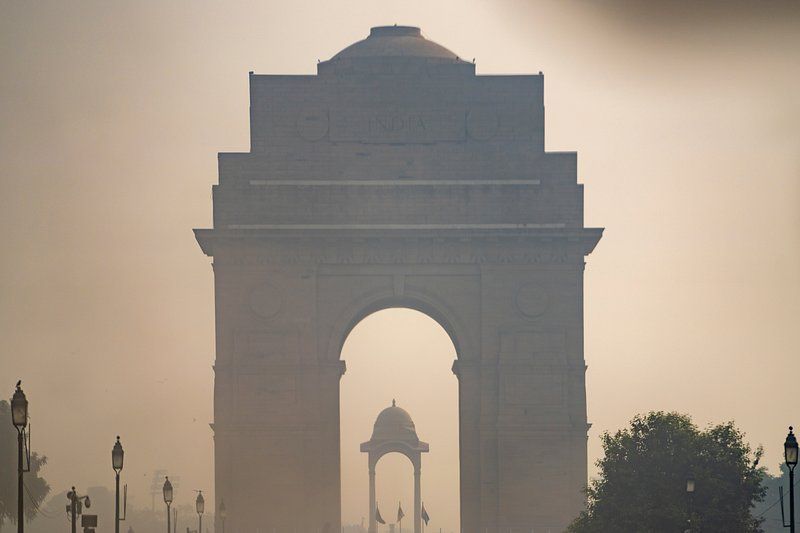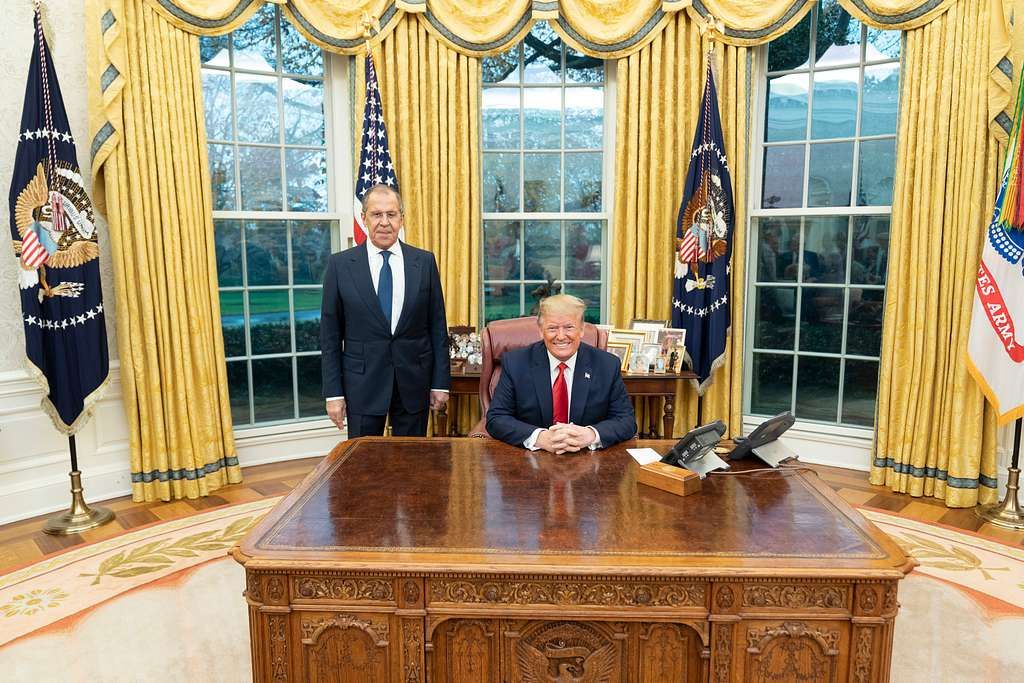Government Initiatives Key for Advancements in Indian Shipping

The Government of India has taken many calculated steps meant to strengthen the Indian shipping sector by lowering reliance on international shipping services and so controlling growing freight costs. These projects seek to improve the capacity and competitive edge of Indian shipping lines. These are the main actions done:
1. Right of First Refusal (ROFR)
The ROFR policy gives Indian-flagged vessels top priority so they may match the lowest bid made by vessels from other countries. Through changes to vessel chartering requirements, this project aims to increase demand for Indian vessels. The revised ROFR hierarchy consists:
Indian-built, Indian-flagged, and Indian-owned boats Indian-built, Indian-flagged vessels under ownership by Indian International Financial Services Centre Authority (IFSCA)
Indian-built, foreign-flagged, and foreign-owned vessels; foreign-built, Indian-flagged, and Indian IFSCA-owned vessels; foreign-built, Indian-owned vessels
2. Support of Subsidies for Indian Shipping Companies:
The Indian government started a subsidy program meant to encourage the declining merchant ship activity in India. Starting in 2021 with a ₹1,624 crore budget, the initiative helps Indian shipping firms engaged in worldwide auctions for government cargo including coal, LPG, crude oil, and fertilisers financially.
Policy on Ship Building Financial Assistance: 2016–2026
Approved in December 2015, the Financial Assistance Policy for Indian Shipyards provides shipbuilding financial support. Subject to specific restrictions, the program supports vessels built following signed valid contracts with financial aid up to 20% of the contract value. For ships delivered within three years, there is assistance; for specialist boats, the delivery period is longer.
The Indian shipping industry has grown tremendously thanks in large part to these actions. India claims 485 registered vessels engaged in coastal trade with 1.7 million GT and 485 flagged vessels engaged in international trade with 11.95 million as of June 2024. Furthermore acquired are four vessels under Indian Controlled Tonnage, bringing the overall count of Indian-flagged vessels to 1,530 with a cumulative GT of 13.7 million. The success of these projects shows in the growing inclination for Indian-flagged vessels.
This summary emphasizes the government’s will to improve India’s marine capacity and support of self-reliance in shipping.







